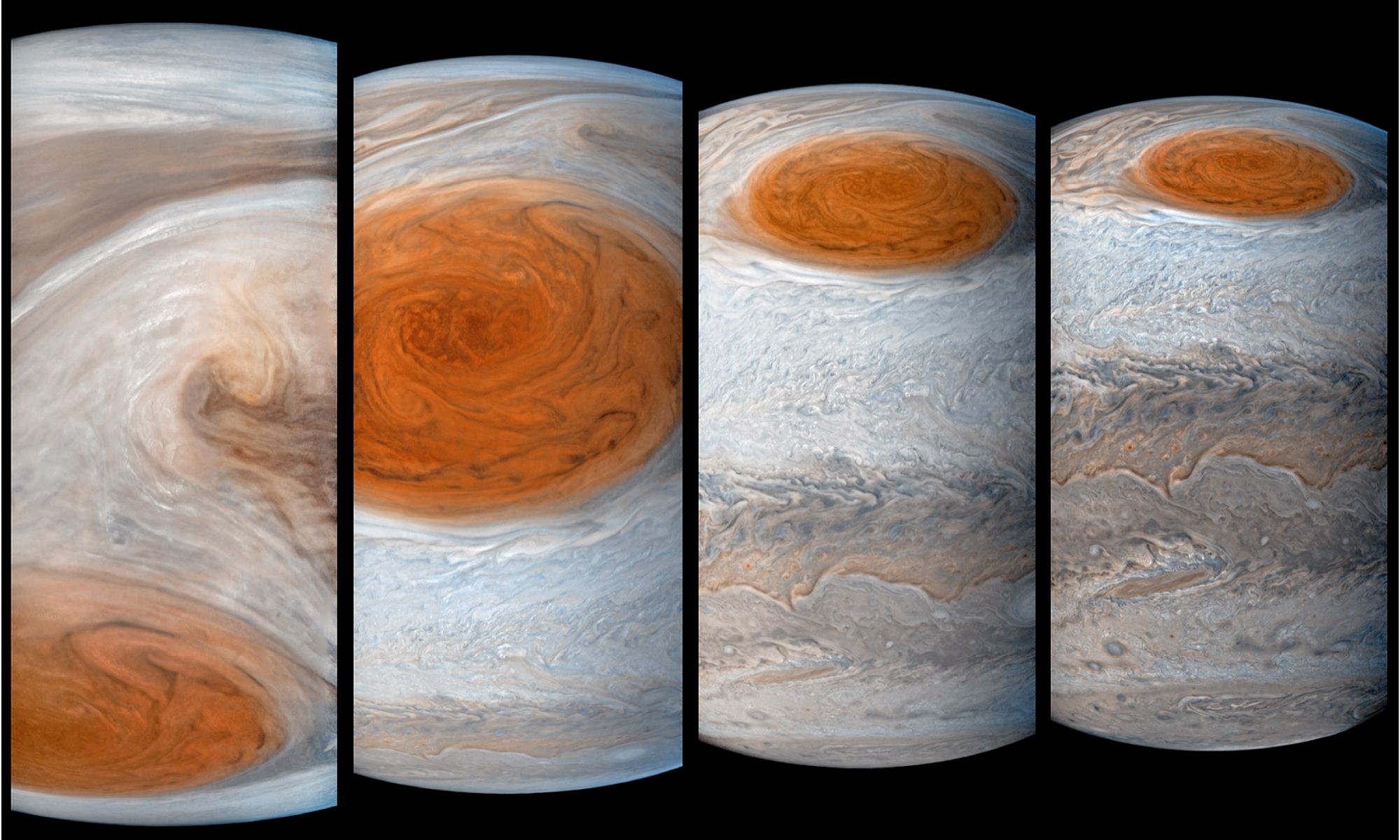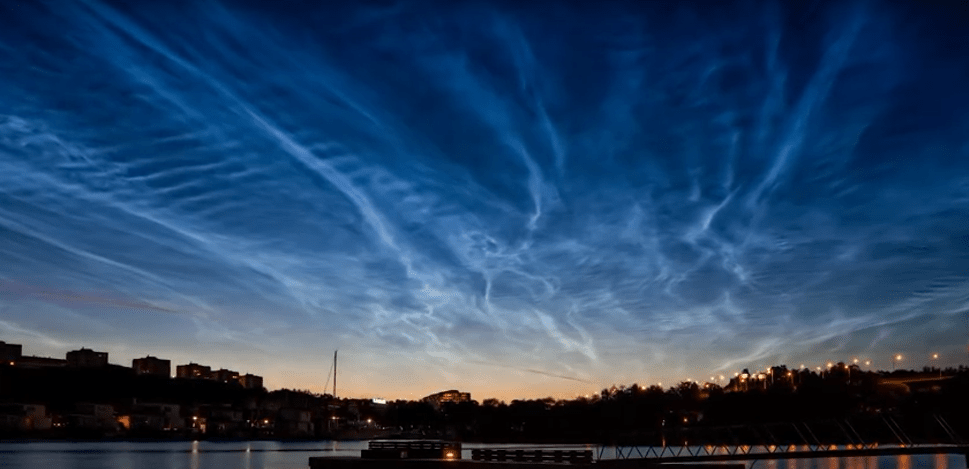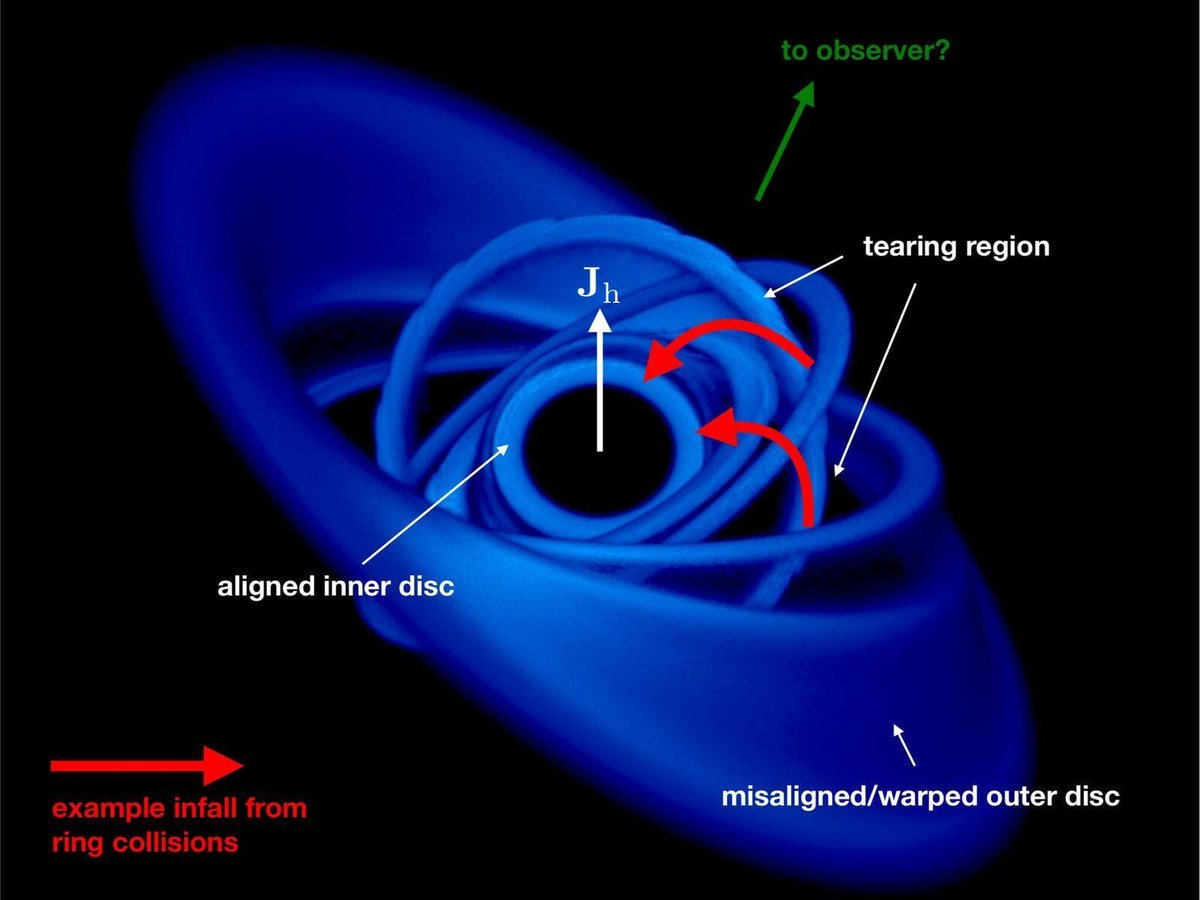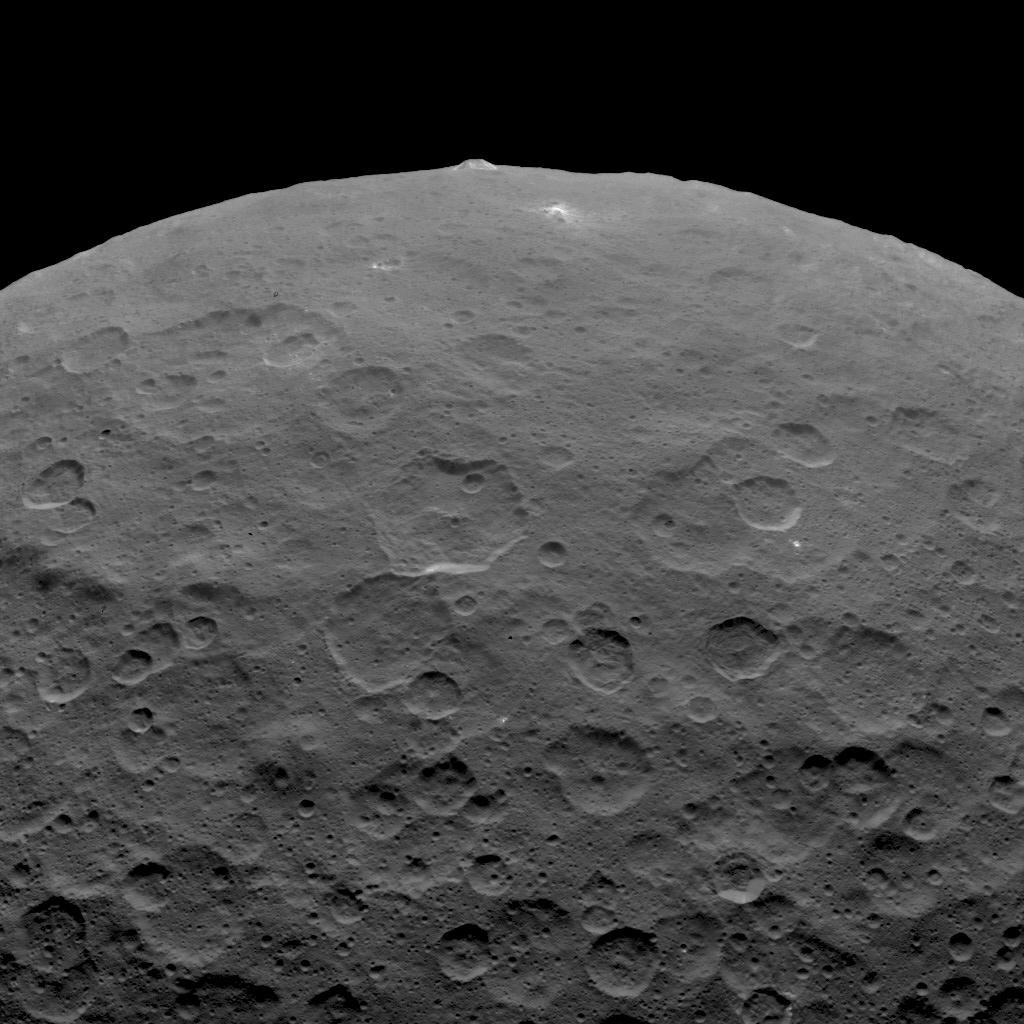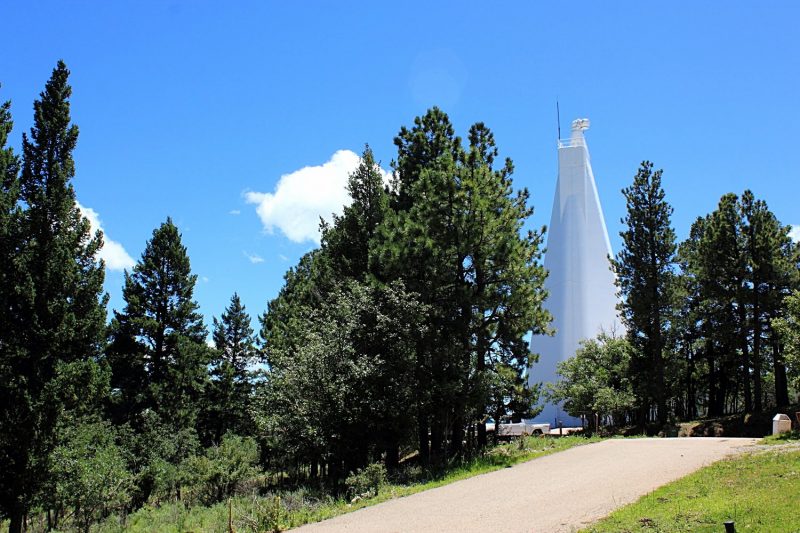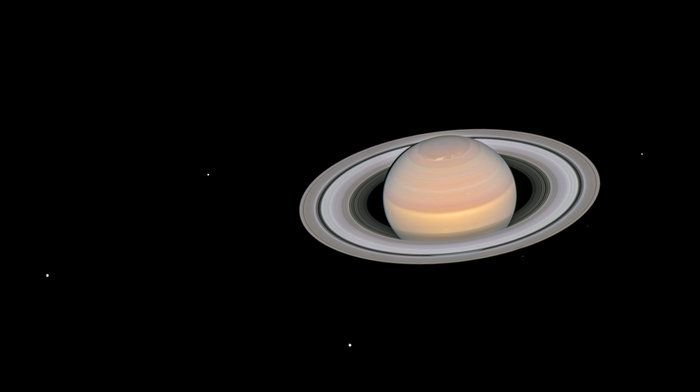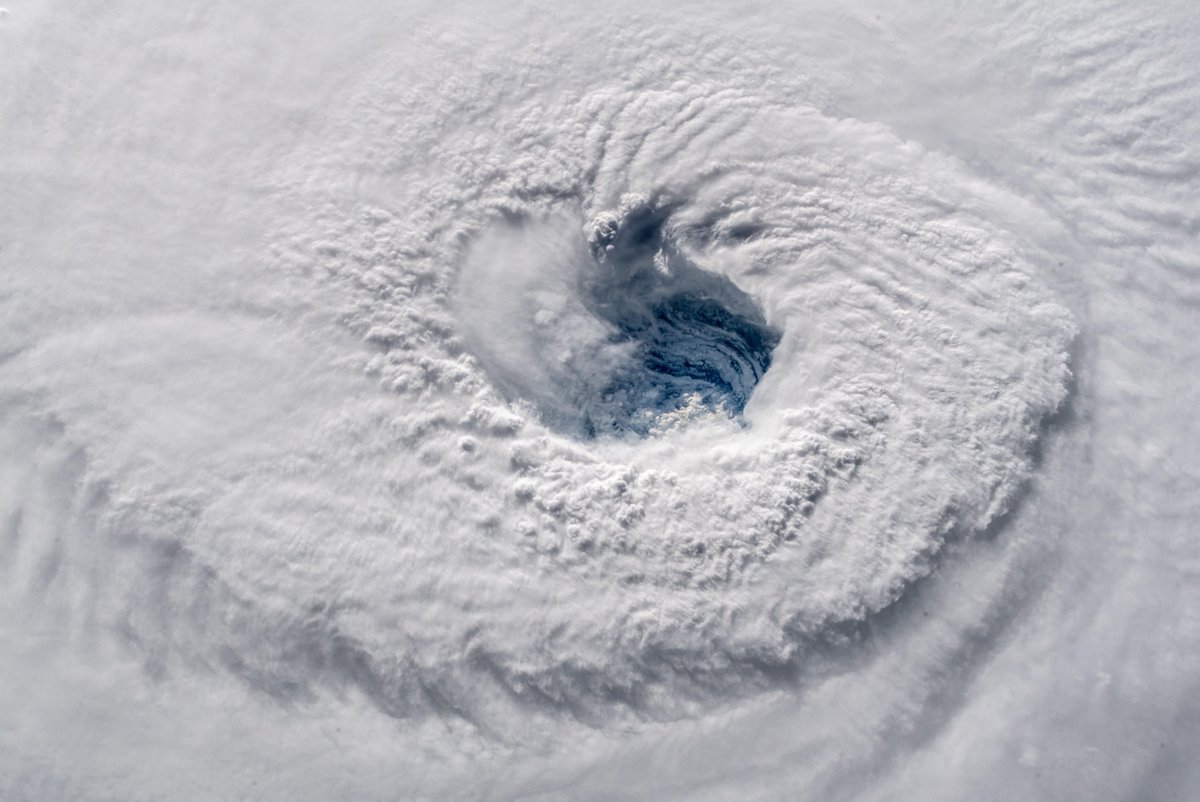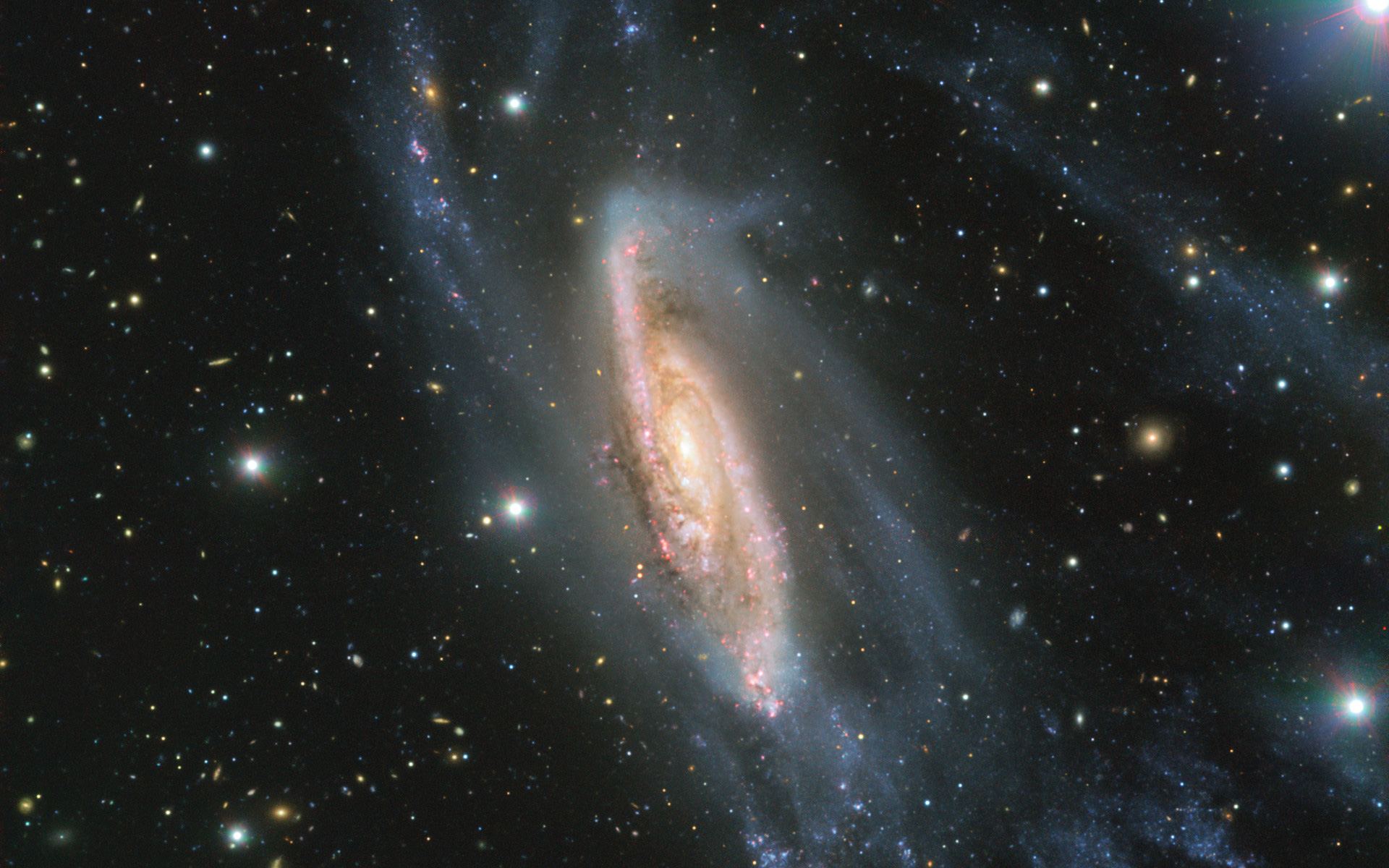For almost 200 years humans have been watching the Great Red Spot (GRS) on Jupiter and wondering what’s behind it. Thanks to NASA’s Juno mission, we’ve been getting better and better looks at it. New images from JunoCam reveal some of the deeper detail in our Solar System’s longest-lived storm.
Continue reading “JunoCam Wows Us Again With Detailed Images of the Great Red Spot”

